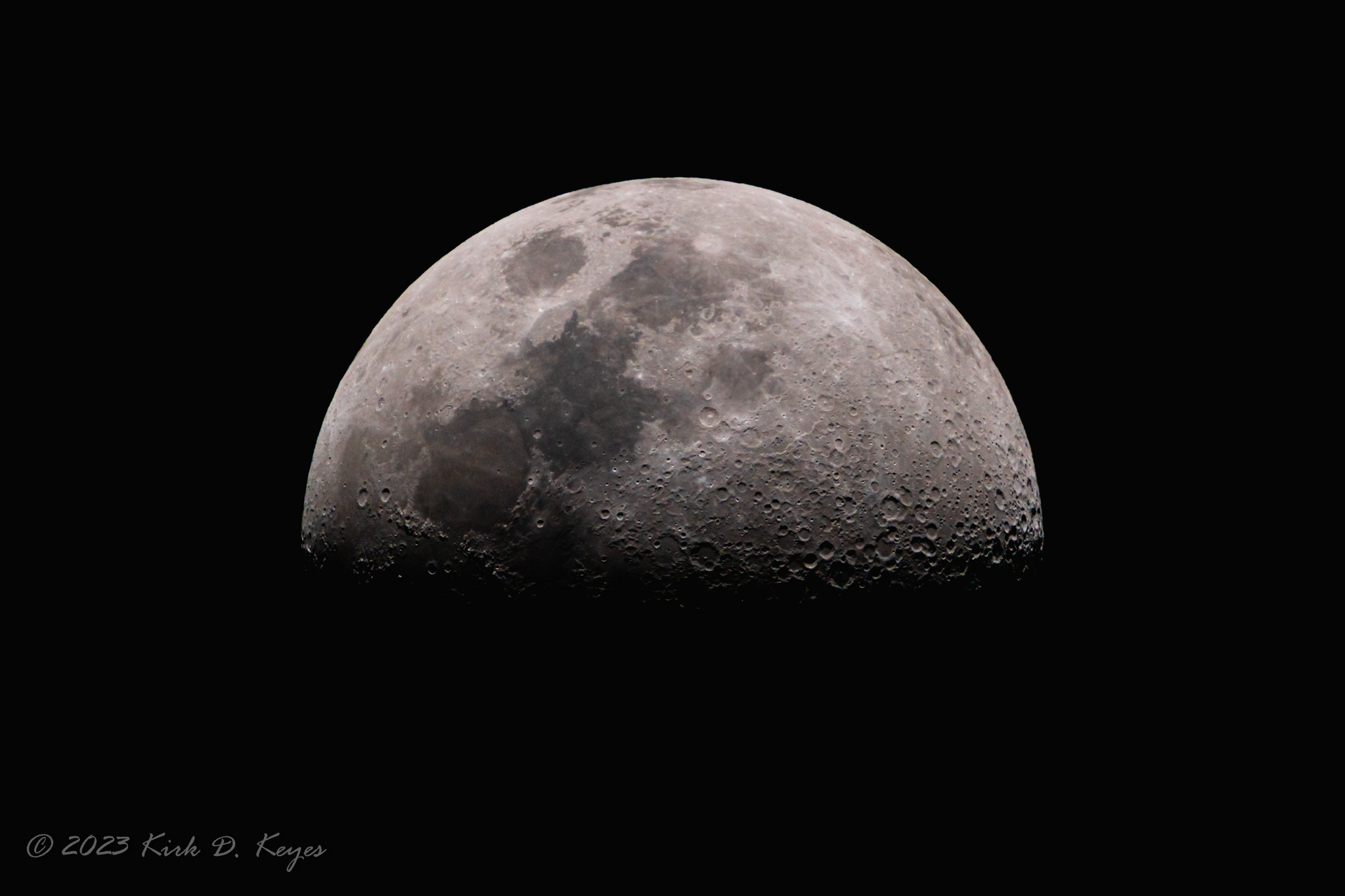Photographing the Moon can be an exciting and rewarding endeavor, but to get the best results it does require some specific photographic gear. My recommendations here are based on my experience using Sony cameras and info I’ve culled from my friends who shoot with Canon, Nikon, as well as other brands. My top recommendations are based on what’s available in the market right now. I will update this page quarterly as I find new items that improve your Moon photography.
This article is under construction, so if you have suggestions for items you find helpful in photographing the Moon, send me a message from my contact page.
Here’s a list of the equipment you’ll need:
Camera: I recommend using a mirrorless camera. If possible, I suggest combining full-frame and APS-C crop-sensor cameras. I use Sony mirrorless cameras, but Canon, Nikon, Fuji, Pentax, and others make excellent cameras for photographing the Moon. You can also use a digital single-lens reflex (DSLR) if you prefer.
The most important camera features are controlling settings such as ISO, aperture, and shutter speed and saving images as RAW files.
Putting a crop-sensor camera on your longest telephoto is like adding a teleconverter to your lens, but it doesn’t have the issues that come with using a teleconverter, like a loss in image sharpness and speed.
For full-frame cameras, I suggest the following:
For crop sensor cameras, check these out:
- Sony a6700
- Nikon
- Canon
- Fujifilm X-H2S
Lens: A telephoto lens is essential for capturing detailed shots of the Moon. The focal length of the lens will determine the size of the Moon in your frame. A lens in the range of 200mm to 400mm or more is ideal.
Tripod: A sturdy tripod is necessary to keep your camera stable and minimize camera shake, especially when using longer focal lengths. This is crucial for getting sharp images.
Remote Shutter Release: A remote shutter release or cable release can help you take photos without physically touching the camera, reducing the risk of camera shake during the exposure.
Manual Mode Knowledge: You should be comfortable using your camera in manual mode. This allows you to control settings like aperture, shutter speed, and ISO.
ISO Setting: Use a low ISO setting (typically around 100-400) to minimize noise in your images.
Aperture: Use a relatively narrow aperture (high f-stop number) to increase depth of field and ensure the Moon is in focus. Somewhere around f/8 to f/11 is a good starting point.
Shutter Speed: The Moon moves, so you’ll need a relatively fast shutter speed to avoid blur. A good starting point is around 1/250th of a second or faster. Experiment with different shutter speeds to find the right balance.
Manual Focus: Set your lens to manual focus mode and use live view to focus on the Moon. It can be challenging to achieve accurate focus, so take your time to get it right.
Image Stabilization: If your lens has image stabilization (IS) or vibration reduction (VR), it can be helpful. However, turn it off when your camera is on a tripod, as it can introduce vibration.
Location: Find a location away from light pollution, if possible, to get clear and sharp shots of the Moon. Urban areas with lots of artificial light can make it more challenging.
Weather Conditions: Keep an eye on the weather. Clear skies are essential for photographing the Moon.
Post-Processing Software: You may need photo editing software to enhance your lunar images. Adobe Photoshop or Lightroom are popular choices.
Remember that capturing the Moon can be challenging, and practice is key to improving your skills. It’s also essential to be patient and experiment with different settings and techniques to get the best results.
Please share your experiences, ask questions, or suggest additional gear in the comments section below.
